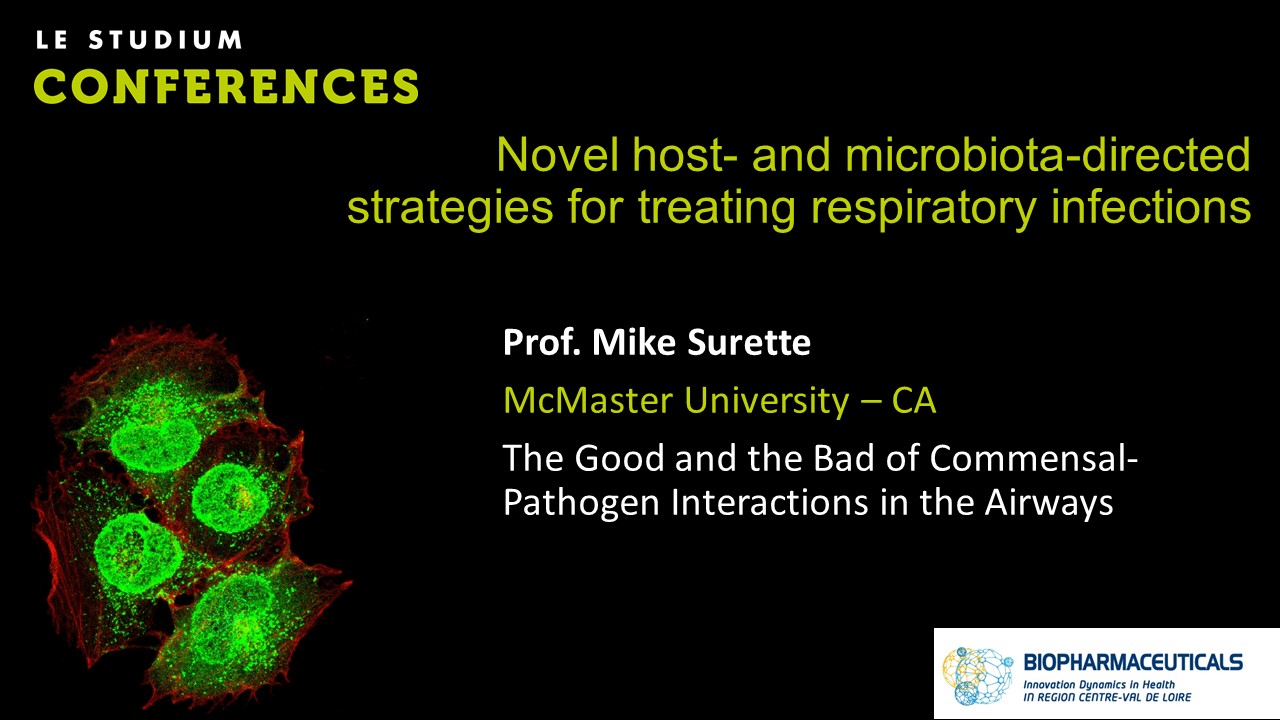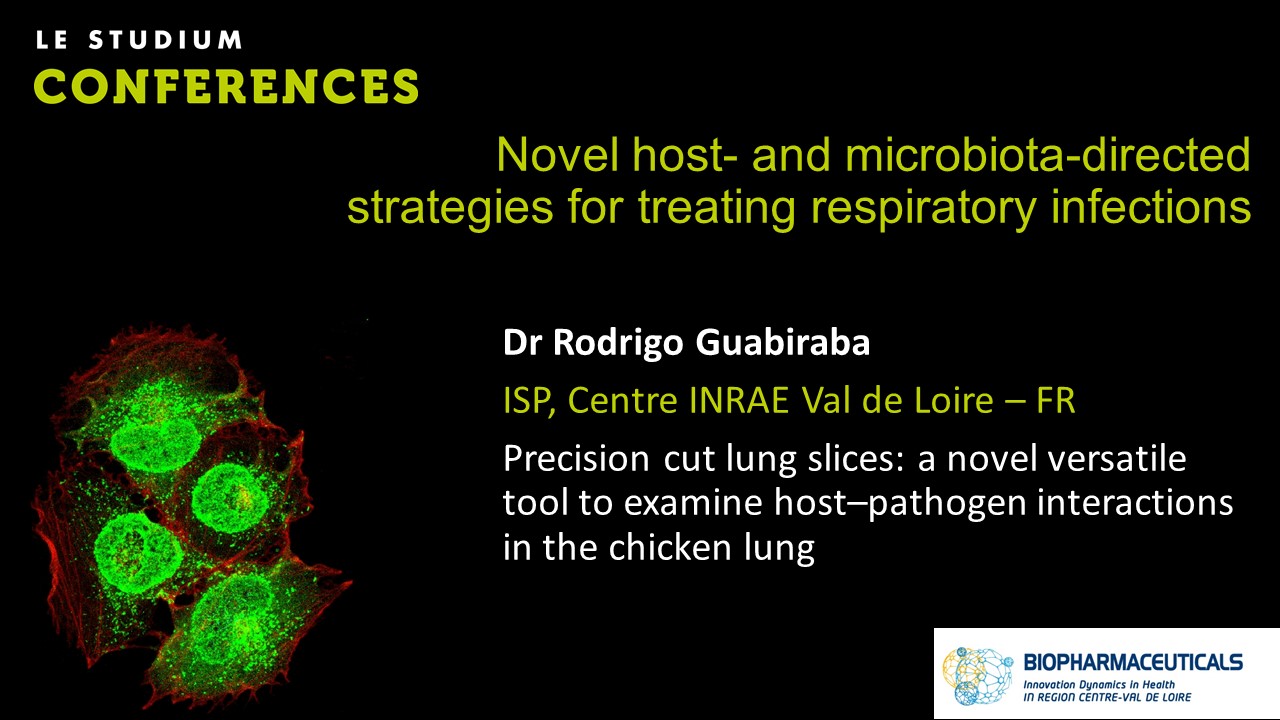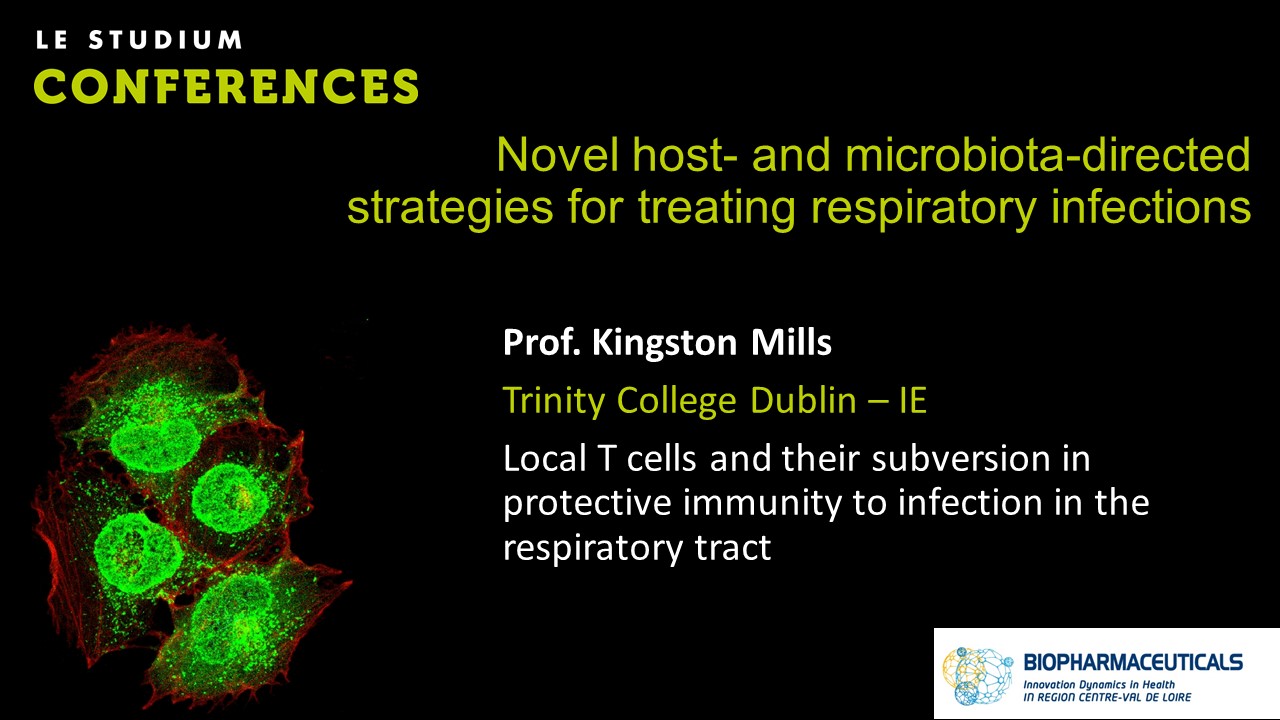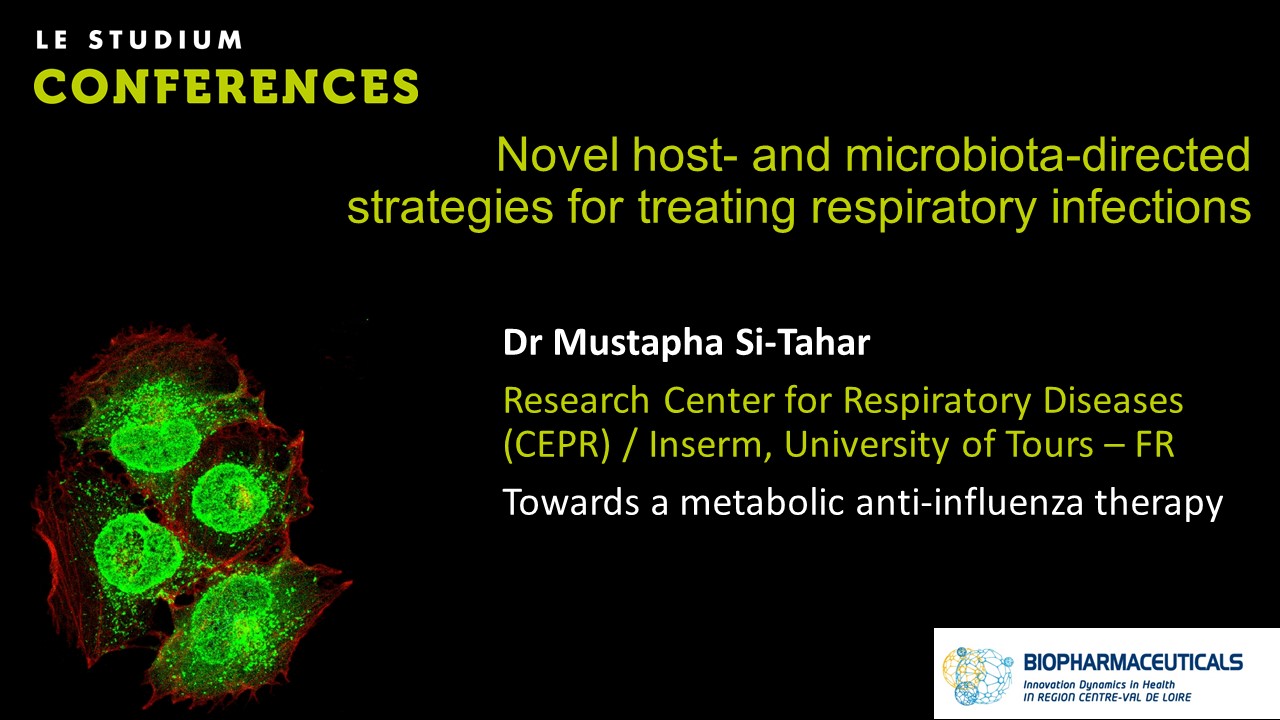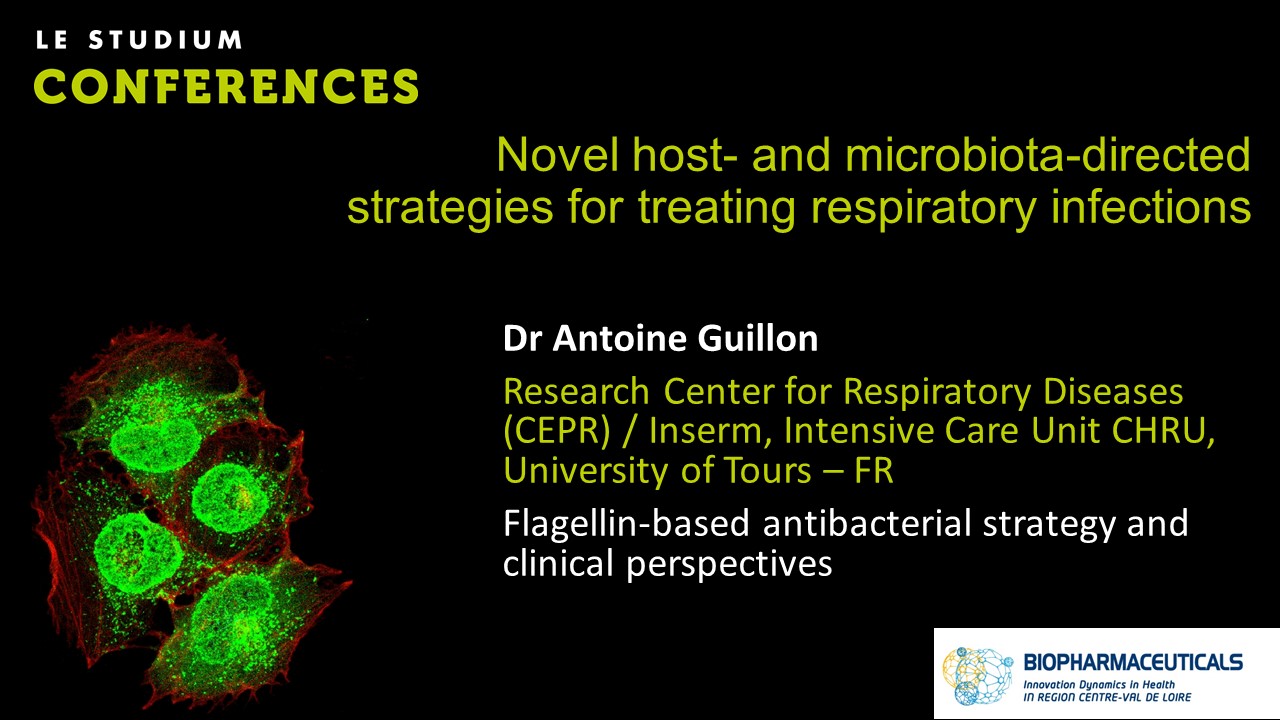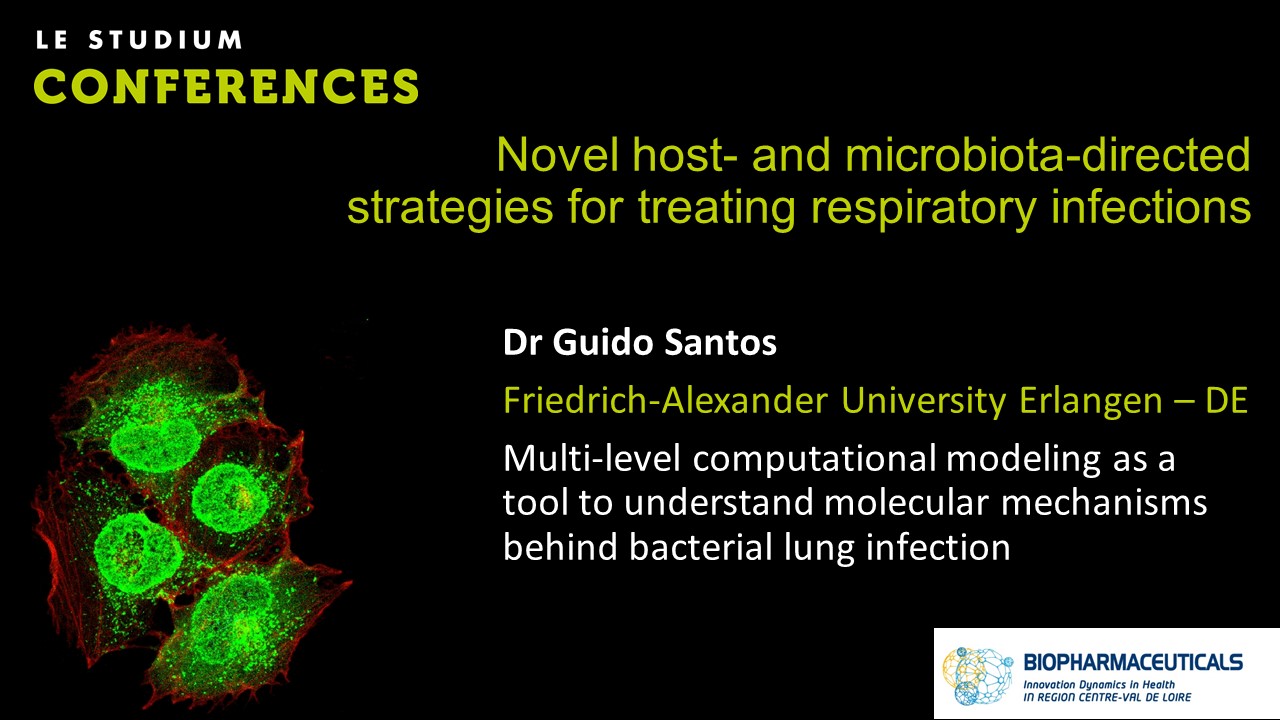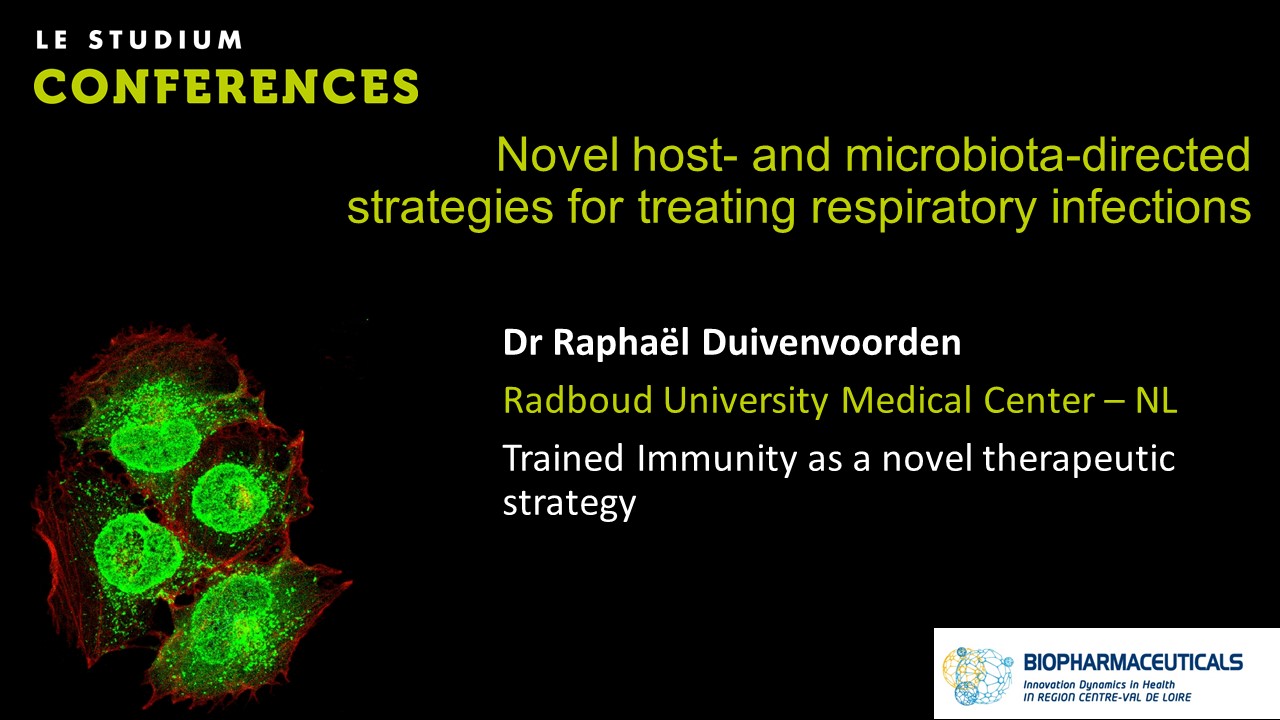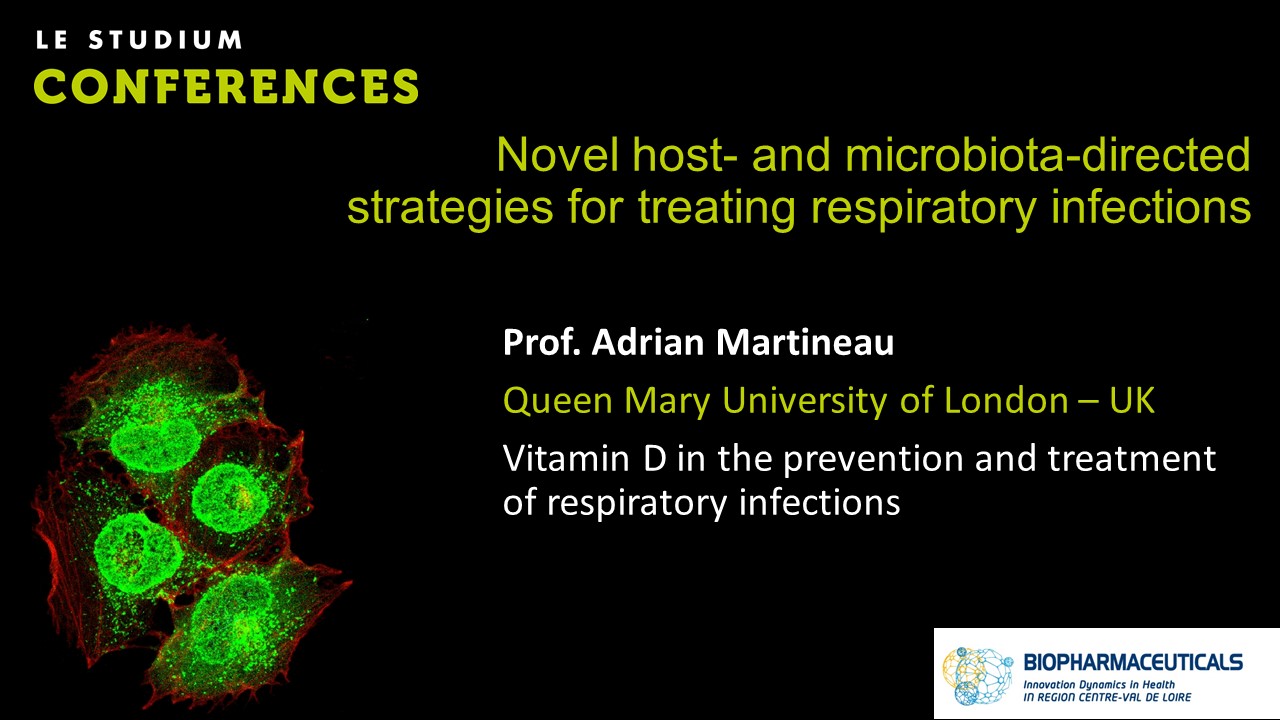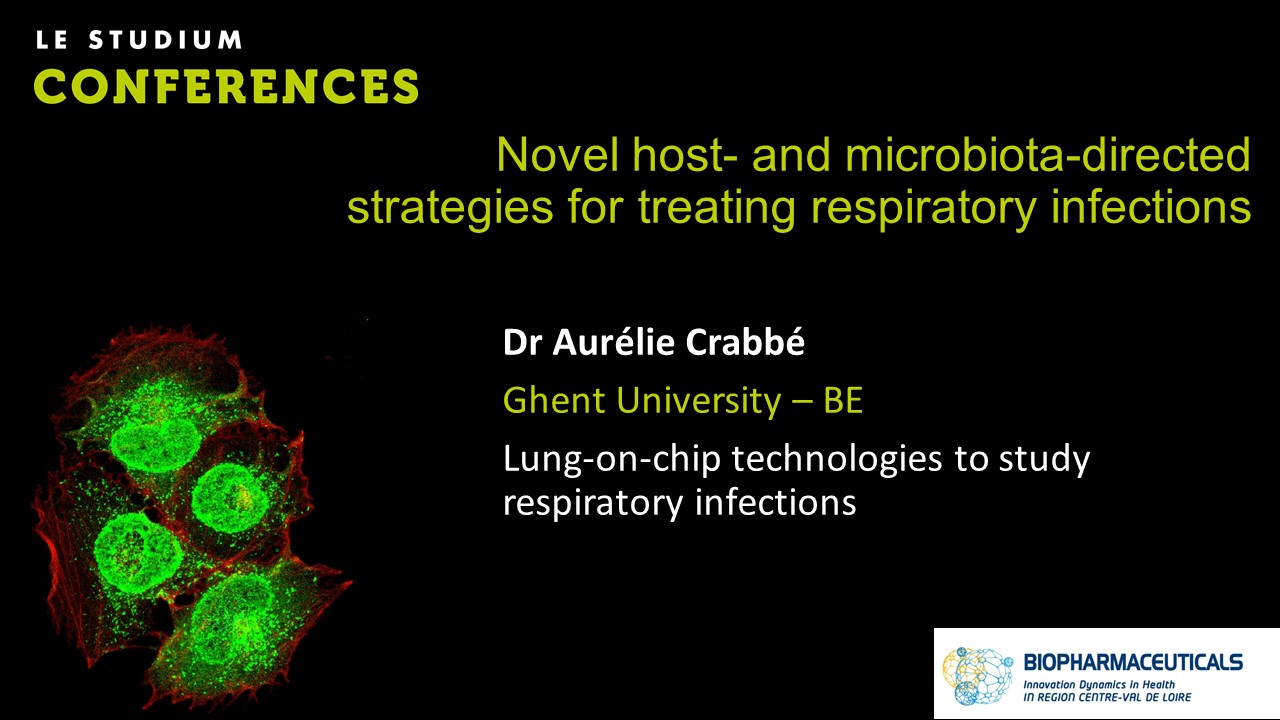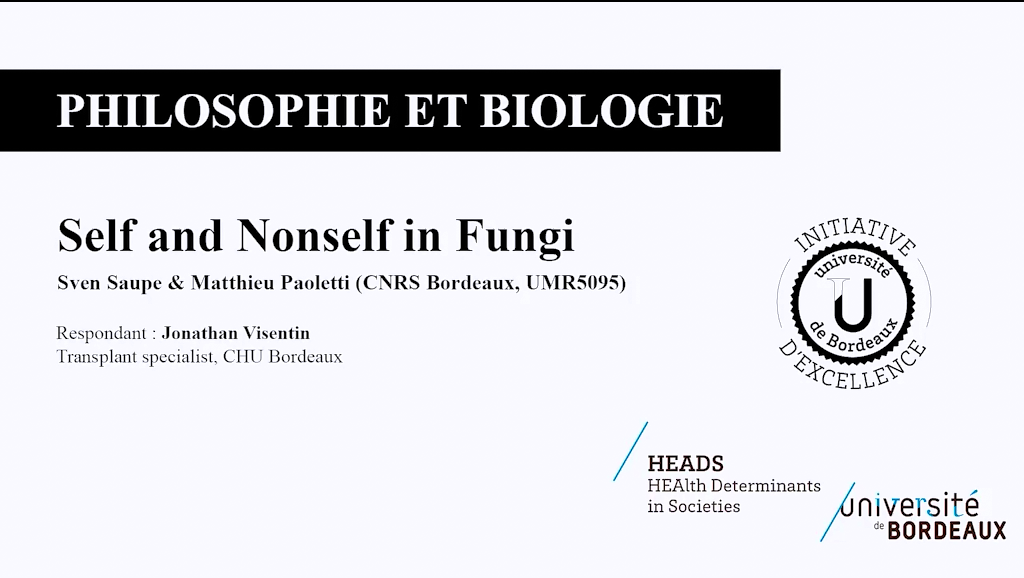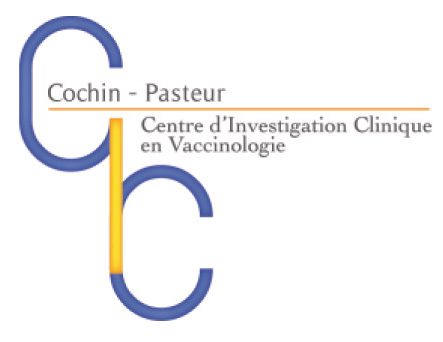Notice
Prof. Pieter Hiemstra - Antimicrobial Host Defence Peptides: Immunomodulatory Functions and Translational Prospects
- document 1 document 2 document 3
- niveau 1 niveau 2 niveau 3
Descriptif
Antimicrobial host defence peptides (AMPs) areeffector molecules of the immune system. AMPs are considered as possiblealternatives to conventional antibiotics for the treatment of respiratoryinfections, which is increasingly complicated by the problem of microbialantibiotic resistance. AMPs are also referred to as antimicrobial peptides andhost defence peptides, and many AMPs were discovered based on theirantimicrobial activity against a range of micro-organisms. However, they alsodisplay other activities that are relevant for host defence, includingactivities related to immune modulation and wound repair. Application of AMPs (andimproved substitutes of these peptides) as a treatment for respiratoryinfections has been studied for some time, but they have not yet beenintroduced into the clinic. Direct administration of AMPs is complicated by e.g.cost of production and short half-life, and alternative strategies areconsidered. These include enhancement of their local production and activity. Nevertheless,there are a number of properties that make these peptides attractive candidates,including their broad-spectrum antimicrobial activity (possibly also includinganti-SARS-CoV-2 activity), activity against multidrug resistantmicro-organisms, and wide range of activities. In this presentation, recentdevelopments in research on the role of these peptides in the lung, as well as theirclinical use in novel therapies will be discussed.
Dans la même collection
-
Prof. Mike Surette - The Good and the Bad of Commensal-Pathogen Interactions in the Airways
The airways are colonized by a complex microbiota that varies in composition and density spatially throughout the respiratory tract, as well as temporally through the life-course. While the lower
-
Dr Rodrigo Guabiraba - Precision cut lung slices: a novel versatile tool to examine host–pathogen i…
The avian respiratory tract is a common entry route for many pathogens and an important delivery route for vaccination in the poultry industry. Immune responses in the avian lung have mostly been
-
Prof. Kingston Mills - Local T cells and their subversion in protective immunity to infection in th…
Respiratory infection with Bordetella pertussis causes whooping cough. The infection is controlled by innate immune responses, but complete bacterial clearance from the respiratory tract and
-
Dr Mustapha Si-Tahar - Towards a metabolic anti-influenza therapy
Influenza A virus (IAV) is the etiological agent of a contagious acute respiratory disease, which is associated with high morbidity and mortality. This virus also causes a considerable socio
-
Dr Antoine Guillon - Flagellin-based antibacterial strategy and clinical perspectives
Bacterial pneumonia is a leading cause of morbidity and mortality worldwide. Antibiotics constitute the standard of care but are faced with the emergence of antimicrobial resistance and the curative
-
Dr Guido Santos - Multi-level computational modeling as a tool to understand molecular mechanisms b…
Pneumonia is one of the most prevalent infectious diseases worldwide, whose main cause is the pathogen Streptococcus pneumoniae. This is an opportunistic disease affecting the most to sensitive
-
Dr Raphaël Duivenvoorden - Trained Immunity as a novel therapeutic strategy
Innate immune cells form a vital first line of defense against pathogens, and their activation upon recognition of pathogens is rapid and non-specific. For a long time it has been assumed that
-
Prof. Adrian Martineau - Vitamin D in the prevention and treatment of respiratory infections
Vitamin D is best known for its effects on calcium homeostasis, but a growing body of evidence shows that it also has extensive immunomodulatory actions. In this talk I will describe the effects of
-
Dr Aurélie Crabbé - Host metabolites modulate bacterial susceptibility to antibiotics
Antibiotic susceptibility of bacterial pathogens is typically evaluated using in vitro assays that do not consider the complex host microenvironment. This may help explaining a significant
Sur le même thème
-
LabEx MAbImprove : douze premières années d’existence qui ont déjà profondément marqué la Touraine …
WATIER Hervé
35ème Colloque BioTechnoCentre 19-20 octobre 2023, la Ferme de Courcimont (Nouan le Fuzelier, 41600 F)
-
SANTE LIVE #5 - Le diabète
Émission présenté par Cédric PEDRE (Directeur de l'IREPS Réunion) Au programme de cette troisième émission Santé live -Les facteurs de risque -Le dépistage -La prévention Intervenants :
-
SANTE LIVE #2 - La contraception
Cédric Pedre et le Professeur Von Theobald vous parle dans cette émission de contraception. Vous aurez dans cette émission des informations médicales sur les moyens de contraception, des surprises et
-
SANTE LIVE #3 - Maladies et tests génétiques
Émission par Cédric PEDRE (Directeur de l'IREPS Réunion) et Pr Bérénice DORAY, PU-PH Génétique, Vice-doyenne Recherche UFR Santé de l'Université de La Réunion, directrice du service Génétique du CHU.
-
SANTE LIVE #4 - Les vaccins
Présenté par Cédric Pedre directeur de l'IREPS Plus que jamais la vaccination est le sujet numéro un de santé publique. C'est pourquoi il est important d'en parler avec des spécialistes. Au
-
SANTE LIVE #1 - Du prédiabète au diabète
Bienvenue dans notre première émission consacrée au diabète, présenté par Cédric Pedre, directeur de l'IREPS Réunion. Le diabète est une maladie qui touche une grande partie de la population
-
Self and non-self in fungi
SAUPE Sven
PAOLETTI Mathieu
VISENTIN Jonathan
The notion of self is a rich but ambiguous concept that is used in a wide array of academic disciplines including immunology, psychology and philosophy (in particular in different branches of
-
Forum Nîmois - Charles GIDE - Philippe KOURILSKY - 19 novembre 2015
L’activité de notre association Charles Gide reprend, pour son cycle de conférences "le forum Nîmois Charle GIDE" Jean MATOUK président de l'assosiation et professeur des universités recoit, le 19
-
SFSP Lille 2011 – Tests immunologiques et dépistage du cancer colorectal
VIGUIER Jérôme
Titre : SFSP Lille 2011 – Tests immunologiques et dépistage du cancer colorectalIntervenant(s) : Viguier Jérôme - Institut National du CancerRésumé : Avec 40 000 nouveaux cas en 2010 en France, le
-
CIF vaccinologie 2011 - Les combinaisons vaccinales : intérêt et limites.
WEIL-OLIVIER Catherine
Cours international francophone de vaccinologie.Titre : CIF vaccinologie 2011 - Les combinaisons vaccinales : intérêt et limites.Intervenant : Catherine WEIL-OLIVIERRésumé : 29 mars 2011 - cours 43. L
-
Vaccinologie 2011 - Évolution des virus grippaux, conséquences immunologiques
ROZENBERG Flore
Thème : Vaccination antigrippale et immunodépression.Titre : Vaccinologie 2011 - Évolution des virus grippaux, conséquences immunologiques. Résumé : description des virus grippaux : influenza A
-
Sécurité immunologique des transfusions de globules rouges
DAMAIS CEPITELLI Anne
Les accidents immunologiques en transfusion de globules rouges sont presque toujours dus à une erreur humaine. Ils peuvent être évités par le respect de bonnes pratiques transfusionnelles dans les

